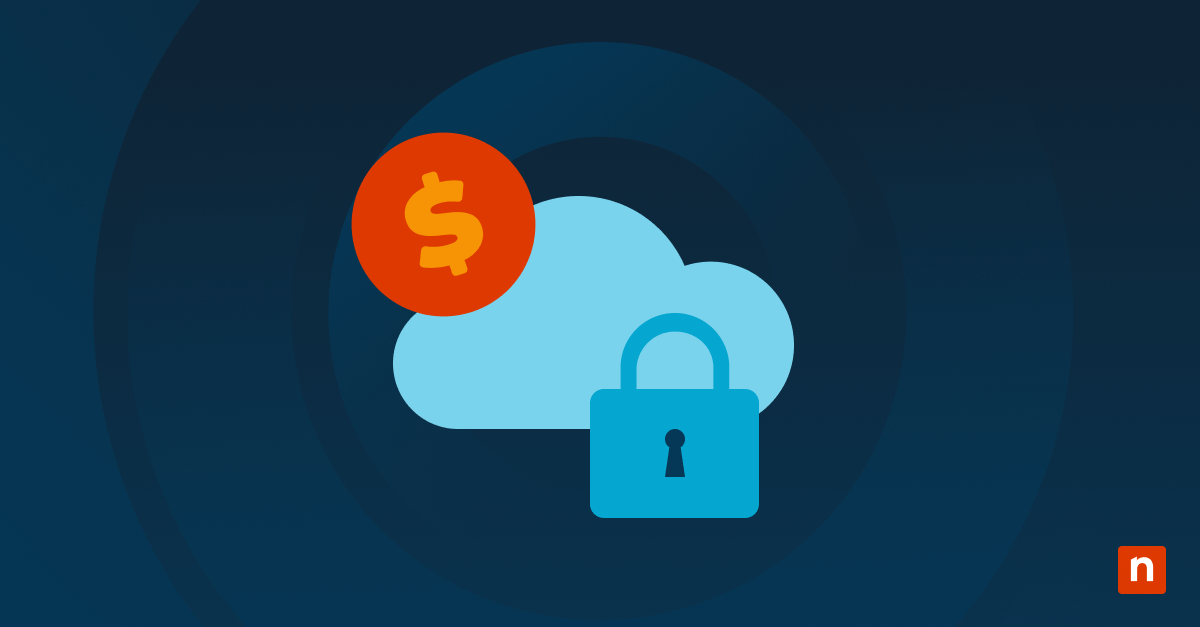Key Points
Creating MSP Renewal Readiness Packages
- MSP renewals depend on consistent value communication.
- Some ways to encourage client renewal readiness are:
- Selecting the right reports to present in your client renewal package
- Highlighting the business value of your key metrics
- Creating a cohesive and brief renewal package
- Proactive addressing of potential issues
- Opening renewal discussions before your contract ends
MSP renewals are often won or lost before formal conversation even begins. If a client doesn’t perceive your MSP’s value, then they won’t have an incentive to continue working with you. This is why planning a renewal readiness package is crucial.
This guide discusses how MSPs can consolidate and use existing activity reports, SLA dashboards, and QBR decks to create a structured client renewal readiness package.
Tips for building a client renewal template
Showing value as an MSP combines excellent communication, service, and data. Most MSPs already generate reports, dashboards, and QBR decks, but fail to communicate the impact of their work.
These tips provide a starting point for MSPs to show how their work has delivered value, mitigated risks, and achieved business goals, even without new software or extensive manual effort.
📌 Prerequisites:
The following methods can be easily done with the following:
- Access to PSA or RMM reports (such as ticket volumes, SLA adherence, and automation stats)
- QBR or client health summaries from previous quarters
- Financial data showing cost optimization or risk reduction
- A standard renewal readiness template (like Word, PowerPoint, or NinjaOne Documentation)
- Agreement with account managers on renewal preparation timelines
1) Select the right reports for renewals
Not all data represents value. When creating a renewal readiness package, select reports that highlight why a client should continue working with your MSP. These reports become supporting documents during renewal conversations.
Some examples of reports you can include and why:
Operational reports
- Include data on SLA adherence, uptime, and ticket resolution trends.
- Provides an overview of your MSP’s performance and its impact on business operations
Security or risk reports
- Share data on patching compliance and vulnerabilities remediated.
- Highlights the role you play in strengthening your client’s security posture
Business reports
- List down cost savings, downtime avoided, and device lifecycle alignment.
- Shows how your MSP helps your client achieve their business goals
Client success reports
- Report on previous QBR highlights, project outcomes.
- Provides a summary of your accomplishments and can be a good starting point for future efforts upon renewal
When curated, these reports provide a strong foundation for your renewal readiness package each renewal cycle.
2) Translate technical metrics into business value
Most MSP businesses monitor MSP key metrics, but this doesn’t mean clients will understand why these metrics matter. Framing these metrics in relation to how they help your customer’s business is beneficial.
Instead of simply stating how you’re performing, talk about operational data in a way that executives care about. For example:
- Say “Consistent response times protected staff productivity,” instead of 95% SLA adherence.
- Report that you were able to mitigate ransomware and compliance risks, instead of saying you applied 4,200 patches.
- Turn “Backup success rate 99%” into “Your data has been backed up and can be recovered.”
💡 Tip: Provide your customers with a glossary of standard terms during onboarding. This will help them understand the value of your metrics.
3) Build a cohesive renewal one-pager or package
Long documents can be overwhelming to read, which is why a cohesive and comprehensive renewal one-pager is beneficial. With a consolidated report, you can highlight your value, what you’ve done, and what you and your customer can achieve together.
Generally, it’s best to include the following in your renewal readiness package template:
- Executive summary (business value highlights)
- Visual KPI dashboard (3–5 metrics that matter most)
- Case study or anecdote from the past year (incident prevented, risk reduced)
- Recommendations for renewal or service tier alignment
4) Address scope and alignment issues proactively
Before you broach the topic of renewal, address issues proactively. Doing this assures clients that you are on top of things and encourages trust.
Now, when the time for renewal talks arrives, you can include a scope alignment table in renewal reports. This table accomplishes the following:
- Identifies overuse/out-of-scope activity and shows its impact
- Flags underused services and suggests realignment or tier change
- Documents how additional services could prevent upcoming risks
5) Integrate renewal readiness into QBRs
Our final tip is to not wait for the renewal month to initiate renewal discussions. When you embed readiness discussion in your QBRs, you can:
- Add “renewal preview” slides into QBRs
- Track progress against KPIs that will appear in renewal packages
- Create a culture of no-surprise renewals
Why do you need an MSP renewal package template?
Client renewal can be a challenging topic to address, especially for newer customers. By having a plan, MSPs can prepare themselves when renewal discussions occur, allowing them to highlight how they can further help their client.
When you have a structured renewal package, you can:
- Demonstrate measurable value over the contract term
- Preemptively address client concerns with data-driven narratives
- Position upsells or tier adjustments as logical next steps
- Make renewal discussions smoother, faster, and less contentious
Leveraging NinjaOne features for a smoother MSP renewal readiness package
NinjaOne offers features that MSPs can use to streamline the creation of renewal readiness packages.
Some ways MSPs can use NinjaOne include:
- Exporting SLA, patching, and automation reports for inclusion
- Automating ticket trend and compliance dashboards
- Hosting package templates in NinjaOne Documentation for reuse
- Embedding renewal previews directly into QBR workflows
- Providing usage alerts that flag scope drift ahead of renewals
Enhance MSP renewal discussions with data-backed renewal readiness packages
Renewal discussions shouldn’t be reactive battles over cost, but should be proactive, evidence-backed conversations about value. By creating renewal readiness packages from existing reports, MSPs can strengthen client trust, justify pricing, and make renewals a natural next step.
Related topics:








